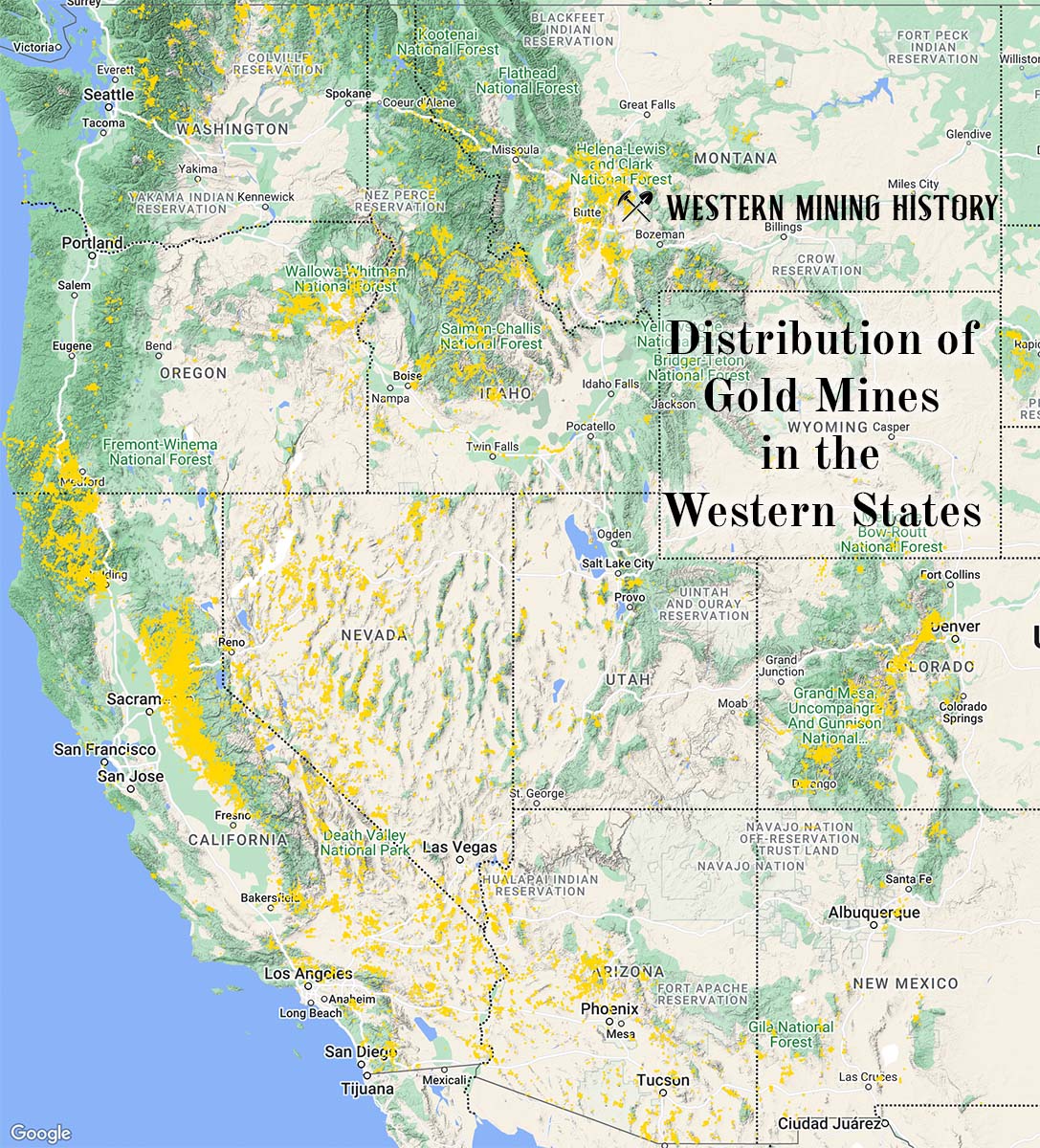The Buster Creek is a gold mine located in Alaska.
About the MRDS Data:
All mine locations were obtained from the USGS Mineral Resources Data System. The locations and other information in this database have not been verified for accuracy. It should be assumed that all mines are on private property.
Mine Info
Buster Creek MRDS details
Site Name
Primary: Buster Creek
Commodity
Primary: Gold
Secondary: Mercury
Location
State: Alaska
District: Marshall
Land Status
Not available
Holdings
Not available
Workings
Not available
Ownership
Not available
Production
Not available
Deposit
Record Type: Site
Operation Category: Producer
Operation Type: Unknown
Years of Production:
Organization:
Significant:
Physiography
Not available
Mineral Deposit Model
Model Name: Placer Au-PGE
Orebody
Not available
Structure
Not available
Alterations
Not available
Rocks
Name: Alluvium
Role: Host
Age Type: Host Rock
Age Young: Holocene
Analytical Data
Not available
Materials
Ore: Ilmenite
Ore: Magnetite
Ore: Scheelite
Ore: Arsenopyrite
Ore: Cassiterite
Ore: Cinnabar
Ore: Gold
Gangue: Garnet
Comments
Comment (Exploration): Status = Active
Comment (Geology): Geologic Description = Placer gold was discovered on Buster Creek in 1920, and about 4,800 feet of the uppermost part of the drainage was mined by WWII. This mining was by hand, scraper, and dragline operations, and an estimated 5,000 to 7,000 ounces of gold were recovered (Hickok and McAtee, 1990). In the 1980's, the Penz family restarted mining with dozer, hoe, loader, and sluice and jig operations. They patented four claims on the creek in 1989. In 1940, H. R. Joesting (written commun. to J. Ramstad, 1940) used exploration drilling results to estimate that there were two unmined segments of the creek with potential economic reserves totaling about 8,000 ounces of gold. About three-quarters of these reserves were downstream of the patented claims. The placer gold is rough, coarse, and irregular in shape. Many pieces are attached to quartz, sericite-altered rhyolite, and, rarely, arsenopyrite (Hickok and McAtee, 1990). Other minerals recovered with the gold include cinnabar, garnet, arsenopyrite, scheelite, cassiterite, magnetite, and ilmenite. Rhyolite pebbles and cobbles are abundant in the stream gravels. The placer gold in Buster Creek is derived from the rhyolite-hosted Kako lode gold prospect (RM007) on the saddle between Buster Creek and East Fork Kuyukutuk River.
Comment (Workings): Workings / Exploration = Placer gold was discovered on Buster Creek in 1920 and about 4,800 feet of the uppermost part of the drainage was mined by WWII. This mining was by hand, scraper, and dragline, and an estimated 5,000 to 7,000 ounces of gold were recovered (Hickok and McAtee, 1990). In the 1980's, the Penz family restarted mining with dozer, hoe, loader, and sluice and jig operations. They patented four claims on the creek in 1989.
Comment (Reference): Primary Reference = Hickok and McAtee, 1990
Comment (Reserve-Resource): Reserves = In 1940, R. Joesting (written communication to Mr. J. Ramstad) used exploration drilling results to estimate that there were two unmined segments of the creek with potential economic reserves totaling about 8,000 ounces of gold. About three-quarters of these reserves were downstream of the patented claims.
Comment (Production): Production Notes = An estimated 5,000 to 7,000 ounces of gold were recovered from Buster Creek before WWII (Hickok and McAtee, 1990).
Comment (Geology): Age = Quaternary.
Comment (Deposit): Model Name = Placer Au (Cox and Singer, 1986, model 39a)
References
Reference (Deposit): Joesting, H.R., 1940, Preliminary evaluation of placer ground on Buster Creek, Kako district, Alaska: Alaska Territorial Department of MinesMiscellaneous Report 81-02, 11 p., 2 sheets.
Reference (Deposit): Hoare, J M., and Cobb, E.H., 1972, Metallic mineral resources map of the Russian Mission quadrangle, Alaska: U.S. Geological Survey Miscellaneous Field Studies Map MF-444, 1 sheet, scale 1:250,000.
Reference (Deposit): Hickok, B., and McAtee, J., 1990, Lode gold occurrences near the Kako and Stuyahok placer mines, southwestern Alaska: Calista Corporation, Anchorage, unpublished report, 17 p.
Reference (Deposit): Hoare, J.M., and Cobb, E.H., 1977, Mineral occurrences (other than mineral fuels and construction materials) in the Bethel, Goodnews, and Russian Mission quadrangles, Alaska: U.S. Geological Survey Open-File Report 77-156, 98 p.
Reference (Deposit): Hoare, J M., and Cobb, E.H., 1972, Metallic mineral resources map of the Russian Mission quadrangle, Alaska: U.S. Geological Survey Miscellaneous Field Studies Map MF-444, scale 1:250,000.
The Top Ten Gold Producing States

These ten states contributed the most to the gold production that built the West from 1848 through the 1930s. The Top Ten Gold Producing States.